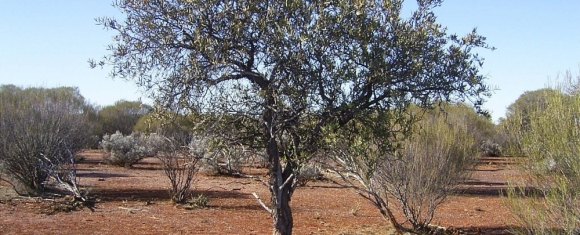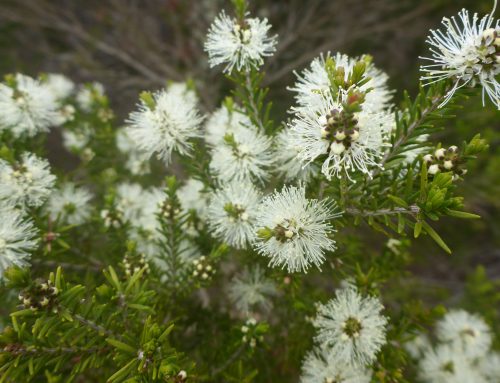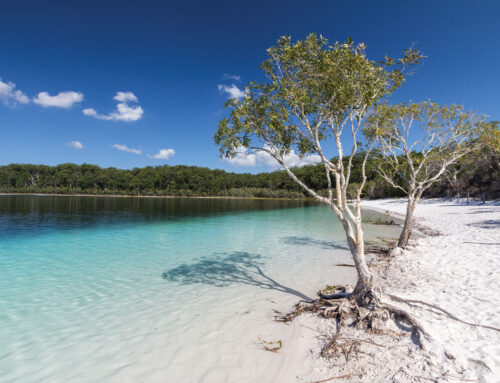Australian Sandalwood Oil Distillation and Sandalwood Tree Protection
The Sandalwood Resource and Location in Australia
Sandalwood oil is mainly sourced from two species, Australia’s Sandalwood (Santalum spicatum) and Indian Sandalwood (Santalum album).
The world has around 29 tropical or subtropical sandalwoods or Santalum species.
Australia has six species of Sandalwood (Santalum). Only Australian Sandalwood (Santalum spicatum) and to a much lesser extent, Queensland Bush Plum (Santalum lanceolatum), are commercially viable species.
Our Australian Sandalwood oil is made from the native Australian sandalwood tree. This is a small tree that grows 3 to 12 metres tall and is found over vast regions in the west of the continent. Australian Sandalwood grows in nearly all parts of Western Australia, except the Kimberley. Populations also exist in South Australia and the Northern Territory.
Native sandalwood tree grows best with a host tree. They share the water and nutrients from the root system of a nearby native, usually an acacia.
The Australian Sandalwood tree was first harvested and exported to China in the 1844. Australian Sandalwood oil production began in Australia in the 1870’s.
Australian Sandalwood Tree Conservation and Protection
In the past the harvesting and protection of Australian Sandalwood were not mutually inclusive. The wheat belt region was rapidly cleared for farming. This led to a highly aggressive and unsustainable harvest of Australian Sandalwood. Most of the wood was sold as logs to Asian markets.
Today, the remaining wild Sandalwood is more sustainably harvested from Crown land. It is used in the production of Sandalwood oil in Australia and exported as wood for incense into Asian markets.
Wild Australian Sandalwood trees are now managed by the Forest Products Commission of Western Australia (FPC). This is to ensure the long term viability of the Australian Sandalwood resource. Currently the FPC estimates approximately 161 million hectares of Australian Sandalwood. Of this, 49% is fully protected from any form of harvesting.
The FPC is responsible for commercial harvesting and regeneration of the wild Western Australian Sandalwood resource and ultimately responsible for the marketing of Australian Sandalwood timber on Crown land.
Research
Research by the Murdoch University and the FPC, showed that the loss of the native marsupial Woylie by cats and foxes, had an impact on the natural regeneration of Australian Sandalwood, Woylies collect and hoard Sandalwood seed for food. With rain the forgotten hoards of seed food would result in new Australian Sandalwood trees germinating.
Knowing about the Woylie and the importance of their seed collecting habits, the FPC harvesters plant a minimum of 12 fresh seeds beneath every pair of nearby hosting plants for each sandalwood tree they harvest.
Australian Sandalwood Plantations
Over the last 25 years the FPC, has undertaken research into establishing Australian Sandalwood plantations in Western Australia. They readily share their research with both commercial growers and farmers to encourage plantation development.
Trials conducted by the FPC in Western Australia’s wheat belt are offering wheat growers the benefit of both revegetation and potential income. These trials included research on the best locations, host plants, fertiliser methods, spacings and other factors.
The plantations in Western Australia’s wheat belt will be ready for harvest in 20 years. More arid areas will require an even longer time frame.
In 2006 the FPC estimated about 2000 hectares of Australian Sandalwood in the Western Australian wheat belt region. A year later this number had risen to around 13,000 hectares.
Farmers and pastoralists now have a great opportunity to plant a naturally hardy native crop, particularly in the very arid regions of the country.
In the Kimberly region, large managed investment companies have financed substantial Indian Sandalwood tree plantations, mainly for oil and incense sticks.
Harvesting, Farming and Distillation of Australian Sandalwood Oil
During harvesting the whole tree is utilised, including the branches, trunk and root ball. This means that replanting Australian Sandalwood trees is essential to maintain the resource.
Initially the timber is finely chipped before being sent to a specialised steam distillation plant. The steam distillation process then takes up to a whole week because the oil is held so tightly within the wood grain.
Summary
The sustainable harvesting of Australian Sandalwood will ensure it’s long term future. Maturely harvested trees result in an high quality Australian Sandalwood oil. As the Sandalwood tree is native to the region, farmers can readily establish plantations in conjunction with their existing farm practices. The result is a high quality Australian Sandalwood oil that will easily find its place in a well established global market.
Enjoy our wonderful Australian Sandalwood Products
Australian Sandalwood Essential oil







